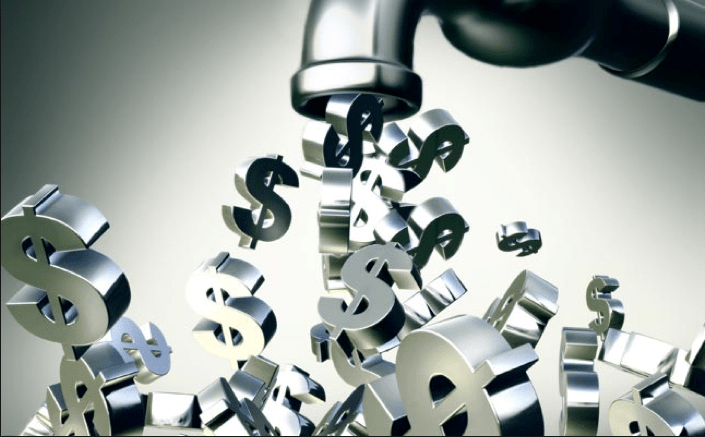
One of my mentors told me a long time ago, “the path of least resistance is what makes men and rivers crooked.” This is true when it pertains to getting a line of credit for your business. Sometimes our path of least resistance is obtaining a line of credit from a bank. Other times, there are some unhealthy issues in the company that need to be addressed, which created the need for a line of credit.
Our last blog article was about choosing the right line of credit. I’m going to talk in this article about reasons you should avoid using a line of credit to finance your business.
I’ve coached several clients recently that have an excess build up of accounts receivable. That excess build up is caused by clients attempting to string out payment of these receivables to preserve their own cash flow. It’s easy to be lenient on clients because either we want them to like us or if we press the issue we’re concerned they may go somewhere else. The common outcome is receivables go up, cash goes down and we get a line of credit for cash. The reality is we could avoid a line of credit if someone in the organization is willing to hold your clients to the terms they agreed to when you started your relationship and ask for payment. The outcome is cash goes up, receivables go down and you don’t need the line or at least you’ve postponed the use of one.
The same holds true if you’re a manufacturer or distributor and you have inventory. In some instances, you may have twice the issue because you not only have the issues mentioned in the above paragraph, you may also have a build up of inventory. If you sell on credit terms, inventory has to be sold in order to be converted to accounts receivable and then to cash. So, inventory is even less liquid than accounts receivable. You’re concerned about taking a loss on the inventory. So, rather than liquidate the inventory, you take out a line of credit to fund your cash needs. Inventory continues to build and you take out a line of credit to fund it. The outcome is you pay interest on money you’ve borrowed to carry your inventory. Another alternative is to sell off that excess inventory, maximize the value of it. The outcome is you increase cash, decrease inventory and postpone your line of credit need.
The last item is the purchase of fixed assets with cash. It’s easy right? However, when you buy fixed assets with cash, you’ve taken a long-term asset and financed it with your short-term line of credit. The next time you need to borrow for payroll or other operating expenses, you have a large amount on your line of credit outstanding for your fixed asset. You’re better off using a term loan, which is a long-term liability, to finance your fixed assets. You always want to match long term sources, like a term loan, with long term uses like fixed assets. While it’s a common practice for many businesses to have a line of credit for fixed asset purchases, this is really just a way to aggregate all fixed asset purchases over a year’s time, then convert that to a term loan at year-end.
Don’t take the path of least resistance, even though it’s tempting. Instead dedicate time and resources to collecting those receivables, turning that inventory when necessary and avoid using your line of credit to purchase fixed assets.






